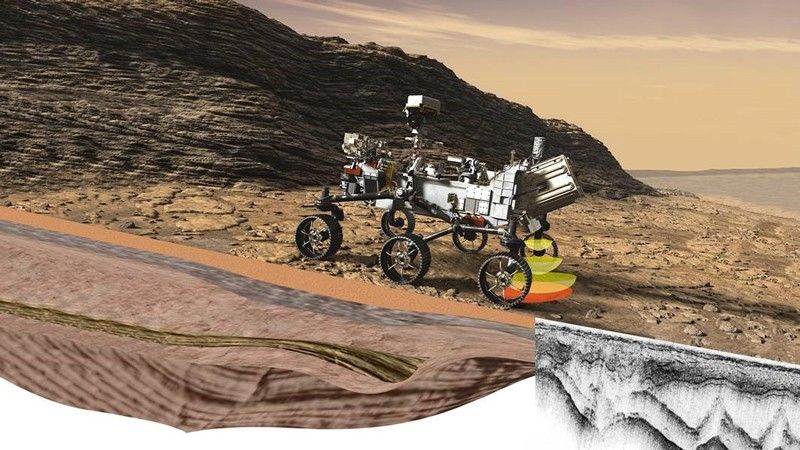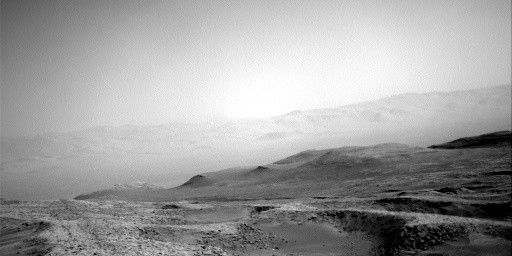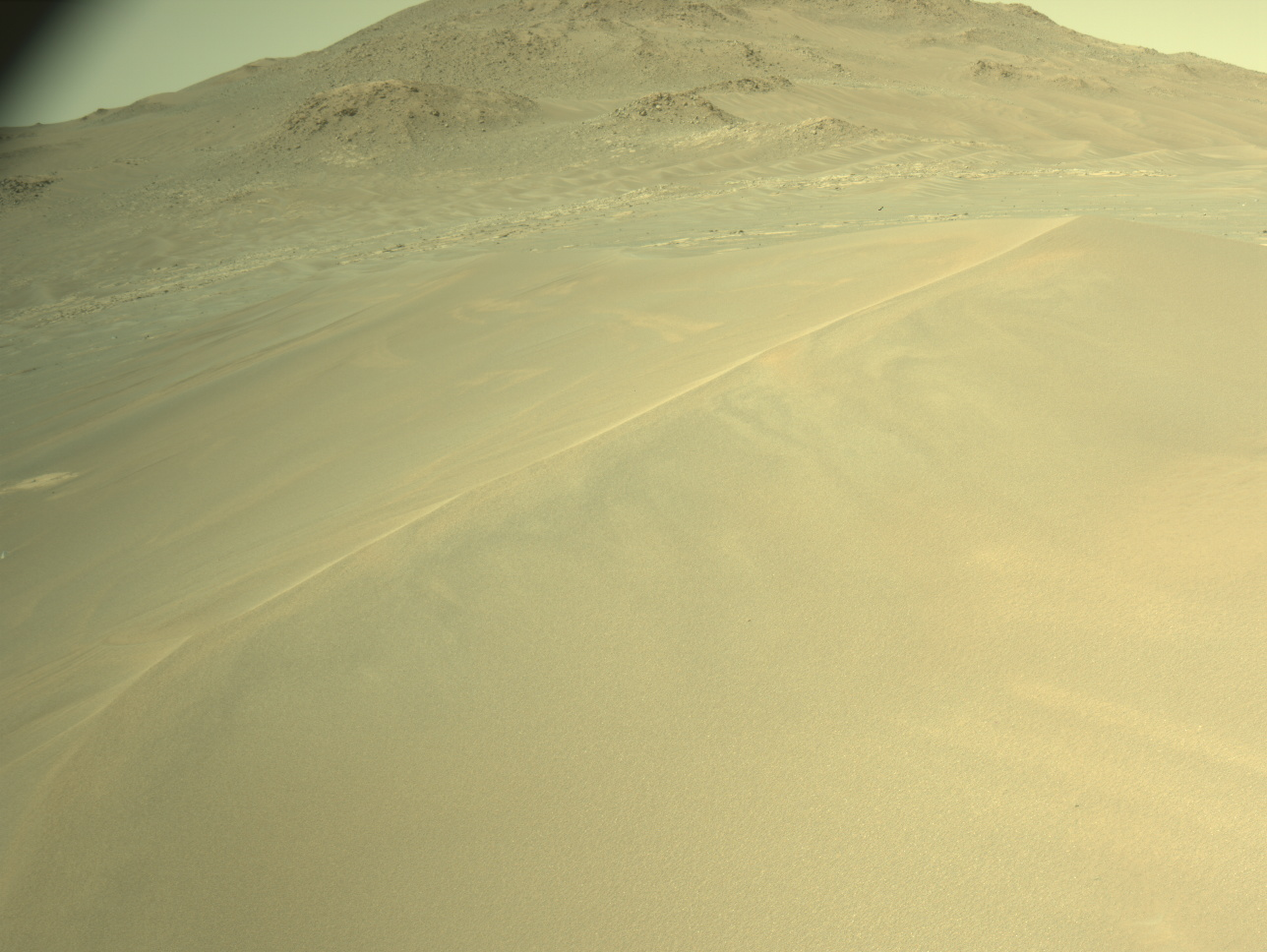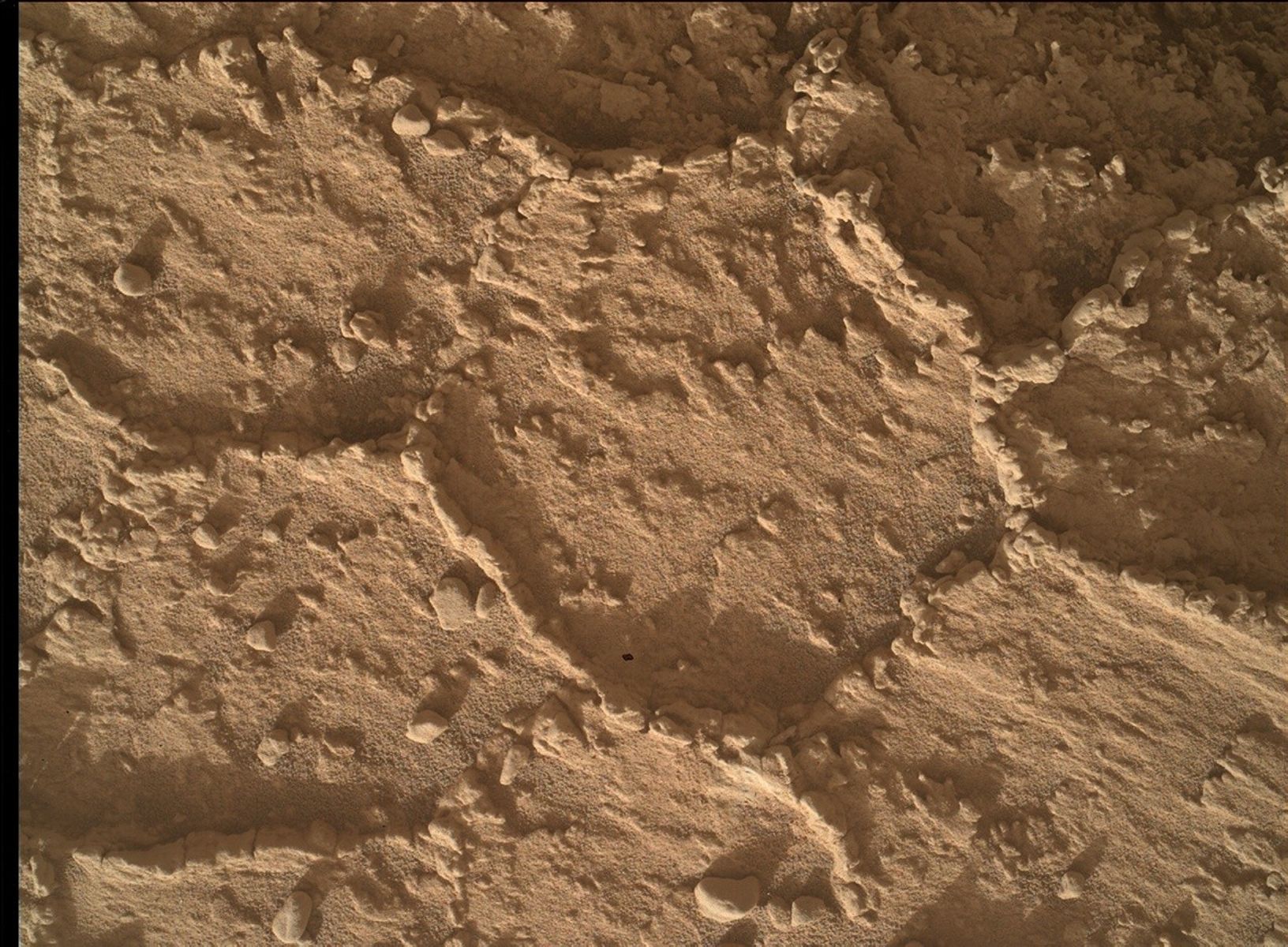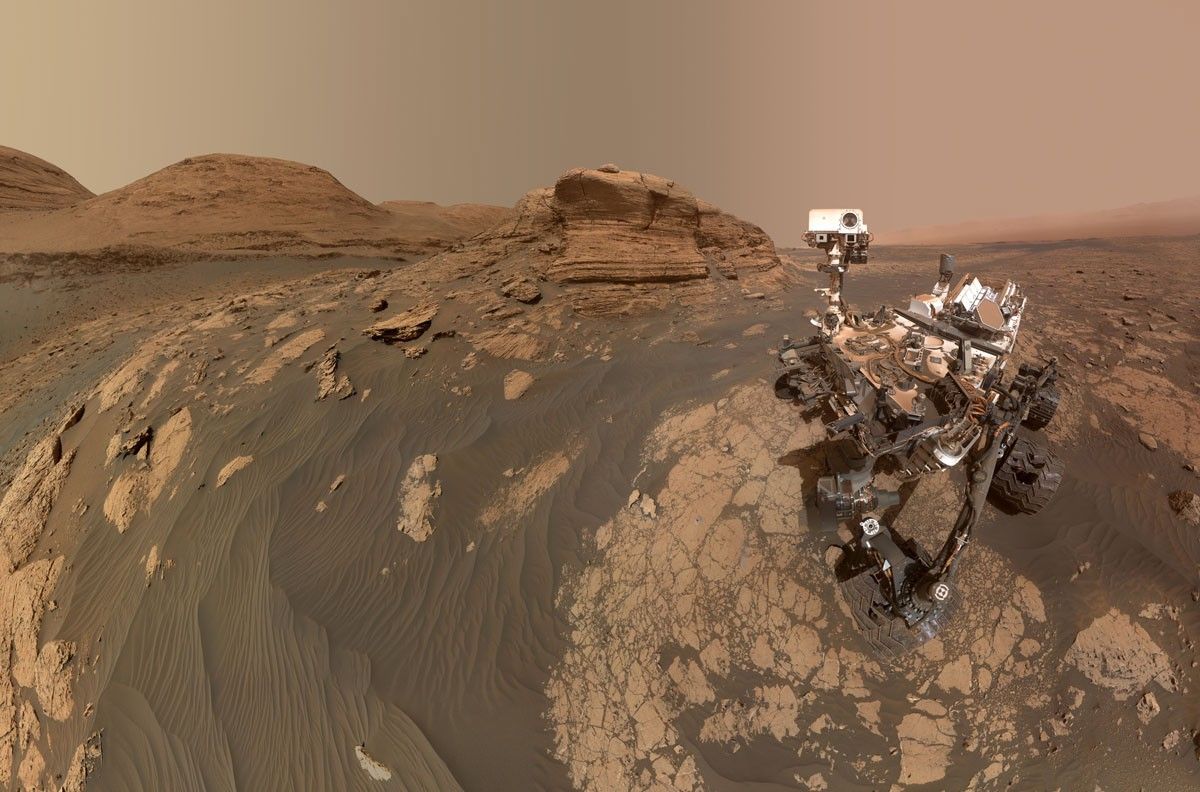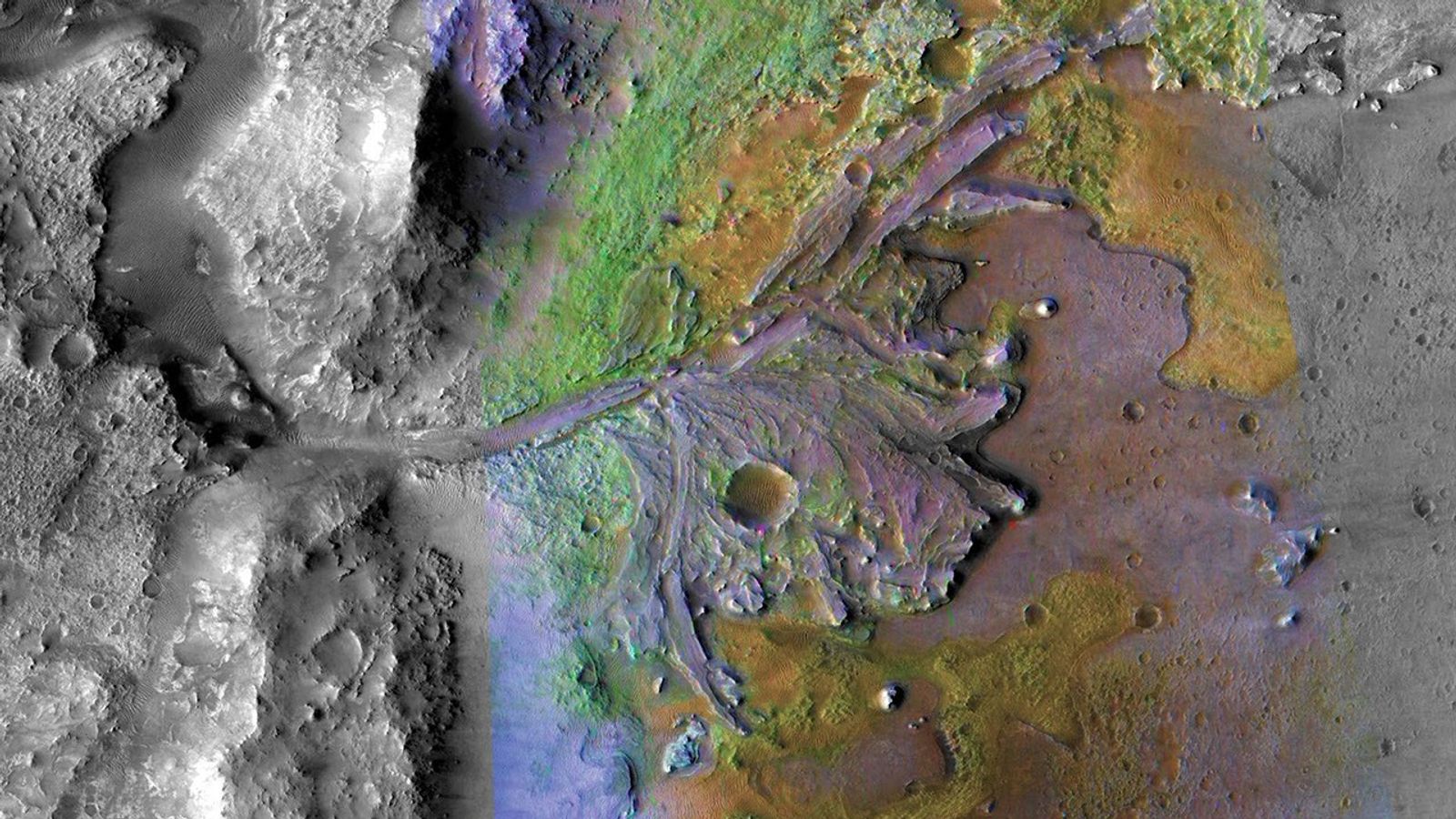What do the Perseverance rover and Superman have in common? They both can “see” through solid rock! Superman has X-ray vision whereas Perseverance has RIMFAX, a ground penetrating radar or GPR, located on the lower rear of the rover. RIMFAX uses radio waves to image the subsurface rock layers as the rover drives along. It is the first instrument of its kind sent by NASA to Mars and can “see” down to 10 meters (33 feet) depth. As the rover drives along, RIMFAX sends out a radio signal into the surface. When the radio waves encounter a new rock layer, some waves bounce back up toward RIMFAX. RIMFAX detects these return signals and stacks them up, building an image of the subsurface rock layers. The speed the waves travel through rock depends on the rock’s properties, summarized by a quantity called permittivity. Different rock types have known permittivity values; therefore, scientists can constrain the rock type of each layer. The tilt of the layers also indicates the conditions they were deposited in.
Figuring out the order different layers of rocks were deposited in allows scientists to tease out the climate history of the area and could tell us if liquid water once existed there and for how long. The first results returned by RIMFAX from the crater floor show that GPR works great on Mars, even compared to most places on Earth! This is because it's so cold on Mars that there's no liquid water below the surface, which limits the penetration of radar waves on Earth. The results showed that the rock layers have a high permittivity value, corresponding to igneous rocks, whereas the tilt of the rock layers indicate they could have been deposited by a long period of volcanic activity or when the crater was covered with liquid water. Determining which of these processes formed the subsurface layers can be aided by collecting more data as Perserverance drives along, and by observations from the other instruments on the rover. Since leaving the crater floor, RIMFAX has also detected sedimentary rocks as well as igneous. This information will provide useful context for scientists back on Earth when they analyze the rover’s samples.
Written by Elisha Jhoti, Ph.D. Student at University of California, Los Angeles





























